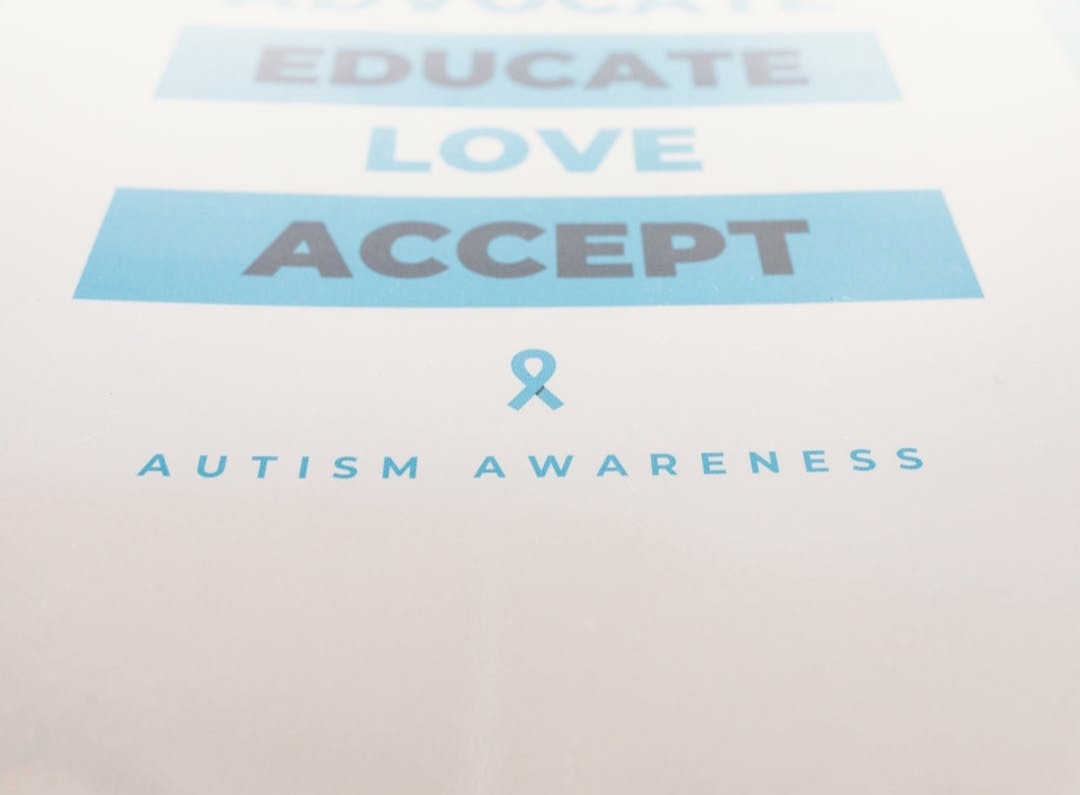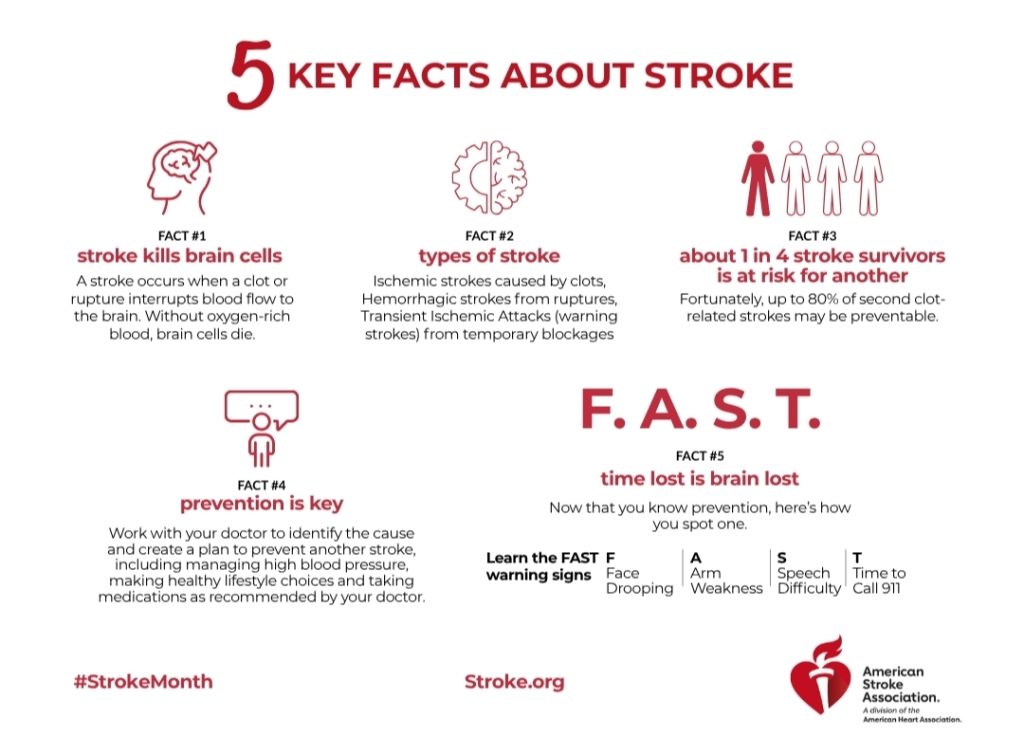What is Autism?
Autism, also referred to as autism spectrum disorder (ASD), is a complex neurological condition that affects the development of the brain. Autism spectrum disorder usually appears in early childhood and can affect how an individual perceives and interacts with others in social, educational, and professional contexts.
The term “spectrum” in autism spectrum disorder refers to the wide range of symptoms and severity.
In most cases, autism is diagnosed when patients are children, and they often show symptoms within the first year. According to the Centers for Disease Control, autism affects an estimated 1 in 36 children and 1 in 45 adults in the United States today.
What causes autism?
Scientists don’t know exactly what causes autism spectrum disorder. It was first described in the 1940s, but not much was known about it until a few decades ago. As of today, there is still mystery surrounding it.
Since it’s so complex, no two people with autism are exactly alike. Scientists feel there is no single cause, but that it results from a combination of causes to genetic mutations.
Researchers are also investigating biological factors such as brain connections, problems with metabolism, and issues with the body’s immune system, which protects against infections.
According to Healthline, other suspected risk factors are having an immediate family member who’s autistic, fragile X syndrome (an inherited genetic disease), and other genetic disorders, being born to older parents, low birth weight, exposure to heavy metals and environmental toxins, a maternal history of viral infections and fetal exposure to the medications valproic acid or thalidomide (Thalomid).
What are the symptoms?
Early symptoms may include a marked delay in language or social development. The Diagnostic and Statistical Manual of Mental Disorders, 5th edition, text revision (DSM-5-TR), used by clinicians to diagnose various psychiatric disorders, divides symptoms of ASD into two categories: problems with communication and social interaction, and restricted or repetitive patterns of behavior or activities. To be diagnosed with autism, a person must experience symptoms in both categories.
How is it diagnosed?
An ASD diagnosis involves genetic test, screenings, and evaluations. The American Academy of Pediatrics recommends that all children undergo ASD screening at ages 18 and 24 months. Screening can help identify ASD in children sooner rather than later, and they may benefit from early diagnosis and support.
The Modified Checklist for Autism in Toddlers (M-CHAT) is a common screening tool used by many pediatricians.
It’s important to note that screening is not a diagnosis. Children who screen positively for ASD do not necessarily have it. Additionally, screenings do not always identify every child who’s autistic.
Other screenings include DNA testing for genetic diseases, behavioral evaluation, visual and audio tests to rule out issues that aren’t related to ASD, occupational therapy screening, and development questionnaires.
Usually, a team of specialists will make the diagnosis. They may include a child psychologist, occupational therapist, or speech and language pathologist.
How is it treated?
While there are no medications that can treat autism spectrum disorder, supportive therapies can help those with autism feel better and alleviate certain symptoms. Some of the therapies include behavioral, play, occupational, physical and speech therapy.
There are also some medications used to help with functionality. The medications could help manage high energy levels, the inability to focus, or self-harming behaviors, such as head banging or hand biting.
Medication can also help manage co-occurring psychological conditions such as depression and anxiety, as well as other medical issues such as seizures, sleep issues, stomach, or other gastrointestinal problems.
Families should collaborate with doctors who specialize in treating patients with autism to determine the best treatment to allow them to monitor progress and reactions to ensure the negative side effects of the medications don’t outweigh the benefits.
While there is no cure, autism can be managed so those who have it can learn to build social skills to improve their quality of life.
Resources
For more information about autism, check out the resources below.
- Autism Speaks
- American Academy of Pediatrics Council on Children with Disabilities
- Autism Society
- Interagency Autism Coordinating Committee (IACC)
- National Institute on Child Health and Human Development
Inspire Her Nexx Chapter, our inaugural Women’s Conference, will be held in Dallas, Texas August 29-31, 2025. Hear from inspiring speakers! Invest in yourself, gain valuable insights, and leave feeling refreshed, re-engaged, and ready to embrace your future. Register today!
The Future of Connection for Women








0 Comments